After completing this course, you will be better able to:
- Apply appropriate search patterns to ensure high quality case assessment
- Identify key anatomical landmarks, variations, and abnormalities on imaging
- Accurately interpret advanced imaging cases
- Formulate definitive diagnoses and limited differentials
In this introductory series on neurocutaneous syndromes, Dr. Asim Choudhri focuses on neurofibromatosis type 1 and its numerous manifestations in the pediatric patient population. This course outlines what findings are clinically significant, how to characterize this disease in reports and the best possible steps for disease management and observation.
Program :
Faculty and Planning Disclosure
Introduction to Neurocutaneous Syndromes Part 1 (NF1)
Chiari Malformation Type 1 in a Patient with NF1
NF1, With Waxing and Waning Cystic Lesion
NF1 with Developing Myelin Vacuolization, and Optic Glioma
NF1 with Suspicious Lesions and Tortuous Optic Nerve
NF1 with Bilateral Thalamic Lesions and Differential Diagnosis
Normal Brain MRI in Patients with NF1
Mild NF1 Phenotype with Sphenoid Wing Dysplasia
NF1 with High Grade Glioma
NF1 with Bilateral Optic Nerve Glioma
Focal Optic Pathway Glioma in NF1
NF1 with Fusiform Optic Pathway Glioma
NF1 with Optic Chiasmatic Glioma
NF1 with Evolution of Optic Nerve Glioma
NF1 with Optic Pathway Glioma and Moyamoya Disease
Developing Right Fusiform Optic Glioma
Glaucoma, an Orbital Manifestation of NF1
NF1 with a Brain Stem Lesion and Optic Nerve Glioma
NF1 with Buphthalmos and Orbital Plexiform Neurofibroma
MRI Appearance of Sphenoid Wing Dysplasia in NF1
NF1 with Moyamoya Vasculopathy
Neurocutaneous Syndromes Part 1 (NF1) Summary

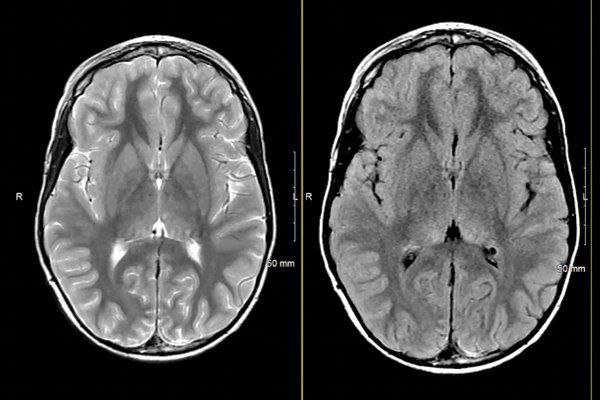

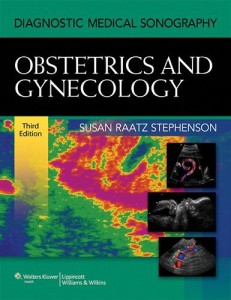
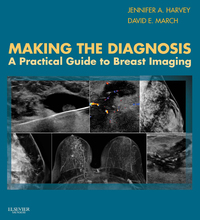
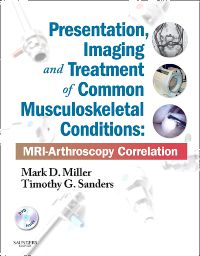

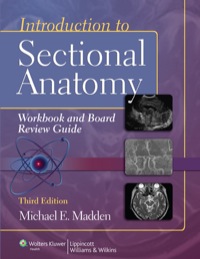
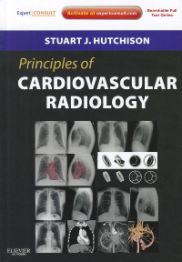
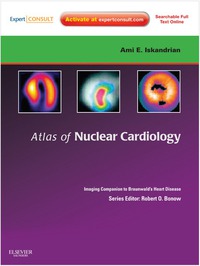
Reviews
There are no reviews yet.